- Home
-
My Models
-
AV History
- Airline History Blog
-
Airline Development
>
-
Liveries
>
- Aeroméxico Liveries
- Air China Special Liveries
- American Airlines Liveries
- British Airways Liveries
- Continental Airlines Liveries
- Delta Air Lines Liveries
- Eastern Air Lines Liveries
- Landor Liveries
- National Airlines Liveries
- Northeast Airlines Liveries
- Northwest Airlines Liveries
- Pan Am Liveries
- Trans World Airlines Liveries
- United Airlines Liveries
- Western Airlines Liveries
- Airbus A380s >
- Boeing 747 >
- Real Airport Histories >
- Plane Spotting >
- Aviation Stickers >
-
1:400 SCALE
- Collecting 1:400 Scale >
- The History of 1:400 Scale >
-
1:400 Brands
>
- Aeroclassics >
- Airshop Diecast
- AURORA Models
- Aviation400 (2007-2012)
- Big Bird 400 Your Craftsman
- Black Box Models
- Blue Box & Magic Models
- C Models
- Dragon Wings
- El Aviador 400
- Gemini Jets >
- JAL Collection / Jet Hut >
- Jet-X >
- MP4 Models
- NG Models >
- Panda Models >
- Phoenix Models >
- Seattle Models Co (SMA)
- Skyjets400
- Sovereign Models
- TucanoLine
- Witty Wings / Apollo
- Yu ModeLs
- 1:400 Custom Models >
- Production Numbers
- Zinc Rot
-
1:400 Moulds
- The Best Moulds >
- Airbus >
-
Boeing
>
- Boeing B-377 Stratocruiser
- Short Boeing 707s & 720s
- Boeing 707-320/420
- Boeing 717
- Boeing 727-100
- Boeing 727-200
- Boeing 737-100/200
- Boeing 737-300 >
- Boeing 737-400
- Boeing 737-500
- Boeing 737-600
- Boeing 737-700/800/900 >
- Boeing 737 MAX
- Boeing 747-100/200 >
- Boeing 747-400 >
- Boeing 747SP
- Boeing 747-8 Interactive
- Boeing 747LCF Dreamlifter
- Boeing 757-200 >
- Boeing 757-300
- Boeing 767-200
- Boeing 767-300
- Boeing 777-200
- Boeing 777-300
- Boeing 787
- British >
- Douglas >
- Lockheed >
- Other >
- Chinese >
- Soviet >
- Smallest Moulds in 1:400
-
1:400 Reviews
-
Model News
- Model Blog
-
New Mould Samples
>
- Aviation400 >
- JC Wings >
-
NG Models 400 Scale
>
- Airbus A318
- Airbus A319/320 CEO
- Airbus A319/320 NEO
- Airbus A321CEO & NEO
- Airbus A330-200/300
- Airbus A330 Beluga XL
- Airbus A330-800/900
- Airbus A340-200/300
- Airbus A350-900
- Airbus A350-1000
- Boeing 737-600/700/900
- Boeing 737-600 Refresh
- Boeing 737-800
- Boeing 737 MAX-8/MAX-9
- Boeing 737 MAX-7/MAX-10
- Boeing 747-100
- Boeing 747-200
- Boeing 747-400
- Boeing B747SP
- Boeing 747-8I
- Boeing 747-8F
- NG 747s Together
- Boeing 757-300
- Boeing 767-200/300 >
- Boeing 767-400 >
- Boeing 777-200
- Boeing 777-300/300ER
- Boeing 787-8
- Lockheed L-1011 Tristar
- Lockeed Tristar 500
- McDonnell Douglas MD-80
- McDonnell Douglas MD-87
- Tupolev Tu-154
- Tupolev Tu-204/Tu-214/Tu-234
- NG Models 200 Scale >
- Phoenix Models >
- Yu ModeL >
-
1:600 SCALE
- DIORAMAS
American placed its first order for the DC-7 in December 1951 with each plane costing $1.6 million. The initial order was for 25 aircraft, the first of which arrived with AA in October 1953. This aircraft was registered N304AA. N301-303AA would be delivered in early 1954 after they had finished in their roles as the DC-7 prototypes. American opened up DC-7 services on November 29 between New York and Los Angeles, using N305AA, becoming the first airline to offer nonstop service in both directions on a transcontinental flight (TWA had begun nonstop eastbound flights in October). As a measure of how far air travel had come in only eight years the flights took only eight hours as opposed to the 20 of 1945.
American received 34 DC-7s (N301-334AA) up till November 1956. Seven months later deliveries began again but this time of the improved DC-7B ordered to counter TWA's L-1049G Super Connies. American took 25 of the longer ranged and heavier DC-7B with the last not delivered until the twilight days of the piston liner in January 1958. By this time many of the DC-7s had been reconfigured or delivered new in Royal Coachman configuration. This had first appeared in 1956 and the fleet was split between all first class 'Mercury', all tourist class 'Royal Coachman' and aircraft with a mixture of both. The Royal Coachman introduced five abreast seating in the DC-7s. As with most other DC-7 operators, though the aircraft initially served their purpose well, as soon as they were no longer the best equipment available their worth decreased since the highly strung engines were not very reliable. They were only marginally more effective than the more rugged DC-6s and on shorter secondary routes their advantages no doubt disappeared and their engine's fragility became a problem. Though some of the DC-7Bs remained in service into 1967 (15 had been converted into freighters) all of the standard DC-7s were retired beginning in January 1959 and ending in August 1962. N301AA, Flagship Texas, did not see further service after retirement in 1959 and was scrapped. The seconds market for DC-7s was limited so she was not alone and few saw secondary operators.
6 Comments
BWI-ROCman
11/4/2016 02:29:55 am
Propliners are very much outside my experience. So close, and yet so far. Born in the late 60's, that had just disappeared from the scene when I was climbing onto radiators at ROC to look at Mohawk Indian-head BAC-111's on the apron.
Reply
RStretton
11/4/2016 02:42:24 am
They completely passed me by as I wasn't born until the late 70s! It seems that the longevity of the prop-liners depends largely on the type. DC-3s and 4s passed onto the seconds market in the early 50s and typically saw service until near the end of the 60s. DC-6s did well on the seconds market also as did Connies (though less so). DC-7s and L-1649s did poorly and rarely saw much secondary service. Most DC-6s outlasted their younger brothers. Of course most Convair-liners were upgunned to turboprops and saw good secondary years.
Reply
BWI-ROCman
13/4/2016 08:09:22 am
For the Convairs, their somewhat smaller size may have helped, too. They made a good regional aircraft for local-service carriers that didn't have the density for DC-9's or 737's even on milk-run routes. I wonder if their twin rather than quad engines helped tehir economics? Those prop planes I did see as a child in the 1970's included Convairs--particularly the North Central Convairs that droned into my dad's hometown airport of Benton Harbor-St. Joseph, MI.
Reply
John Adkins
30/11/2016 08:28:09 am
AA's DC-7 Mercury (first class) capacity was 60 seats, not 65. There were five additional seats in the rear lounge--normally not sold. The DC-7 Royal Coachman had 85 seats (plus a lounge); the split-cabin DC-7s had 69 seats (32F rear + 37T fwd), plus a small lounge.
Reply
Tony LaRosa
15/10/2020 01:09:08 am
Always enjoy stories about the DAC prop liners. I enjoyed a glorious life as an aviation geek.Went to work as engineer at SMO in 1957,watched the last DC-7 roll off the line,watched DC-8 first flight at Long Beach in 1958.Flew several LA-NY Royal Coachman trips,as time went on flew every DAC model from the 3 to 10.Still occasionallynget a ride in a missionary 3,best plane ever built
Reply
Carol Thatcher
10/2/2021 01:32:30 pm
The first nonstop service Los Angeles to Boston was actually August 1, 1957
Reply
Leave a Reply. |
AuthorI'm Richard Stretton: a fan of classic airliners and airlines who enjoys exploring their history through my collection of die-cast airliners. If you enjoy the site please donate whatever you can to help keep it running: Archives
July 2024
Categories
All
|
- Home
-
My Models
-
AV History
- Airline History Blog
-
Airline Development
>
-
Liveries
>
- Aeroméxico Liveries
- Air China Special Liveries
- American Airlines Liveries
- British Airways Liveries
- Continental Airlines Liveries
- Delta Air Lines Liveries
- Eastern Air Lines Liveries
- Landor Liveries
- National Airlines Liveries
- Northeast Airlines Liveries
- Northwest Airlines Liveries
- Pan Am Liveries
- Trans World Airlines Liveries
- United Airlines Liveries
- Western Airlines Liveries
- Airbus A380s >
- Boeing 747 >
- Real Airport Histories >
- Plane Spotting >
- Aviation Stickers >
-
1:400 SCALE
- Collecting 1:400 Scale >
- The History of 1:400 Scale >
-
1:400 Brands
>
- Aeroclassics >
- Airshop Diecast
- AURORA Models
- Aviation400 (2007-2012)
- Big Bird 400 Your Craftsman
- Black Box Models
- Blue Box & Magic Models
- C Models
- Dragon Wings
- El Aviador 400
- Gemini Jets >
- JAL Collection / Jet Hut >
- Jet-X >
- MP4 Models
- NG Models >
- Panda Models >
- Phoenix Models >
- Seattle Models Co (SMA)
- Skyjets400
- Sovereign Models
- TucanoLine
- Witty Wings / Apollo
- Yu ModeLs
- 1:400 Custom Models >
- Production Numbers
- Zinc Rot
-
1:400 Moulds
- The Best Moulds >
- Airbus >
-
Boeing
>
- Boeing B-377 Stratocruiser
- Short Boeing 707s & 720s
- Boeing 707-320/420
- Boeing 717
- Boeing 727-100
- Boeing 727-200
- Boeing 737-100/200
- Boeing 737-300 >
- Boeing 737-400
- Boeing 737-500
- Boeing 737-600
- Boeing 737-700/800/900 >
- Boeing 737 MAX
- Boeing 747-100/200 >
- Boeing 747-400 >
- Boeing 747SP
- Boeing 747-8 Interactive
- Boeing 747LCF Dreamlifter
- Boeing 757-200 >
- Boeing 757-300
- Boeing 767-200
- Boeing 767-300
- Boeing 777-200
- Boeing 777-300
- Boeing 787
- British >
- Douglas >
- Lockheed >
- Other >
- Chinese >
- Soviet >
- Smallest Moulds in 1:400
-
1:400 Reviews
-
Model News
- Model Blog
-
New Mould Samples
>
- Aviation400 >
- JC Wings >
-
NG Models 400 Scale
>
- Airbus A318
- Airbus A319/320 CEO
- Airbus A319/320 NEO
- Airbus A321CEO & NEO
- Airbus A330-200/300
- Airbus A330 Beluga XL
- Airbus A330-800/900
- Airbus A340-200/300
- Airbus A350-900
- Airbus A350-1000
- Boeing 737-600/700/900
- Boeing 737-600 Refresh
- Boeing 737-800
- Boeing 737 MAX-8/MAX-9
- Boeing 737 MAX-7/MAX-10
- Boeing 747-100
- Boeing 747-200
- Boeing 747-400
- Boeing B747SP
- Boeing 747-8I
- Boeing 747-8F
- NG 747s Together
- Boeing 757-300
- Boeing 767-200/300 >
- Boeing 767-400 >
- Boeing 777-200
- Boeing 777-300/300ER
- Boeing 787-8
- Lockheed L-1011 Tristar
- Lockeed Tristar 500
- McDonnell Douglas MD-80
- McDonnell Douglas MD-87
- Tupolev Tu-154
- Tupolev Tu-204/Tu-214/Tu-234
- NG Models 200 Scale >
- Phoenix Models >
- Yu ModeL >
-
1:600 SCALE
- DIORAMAS

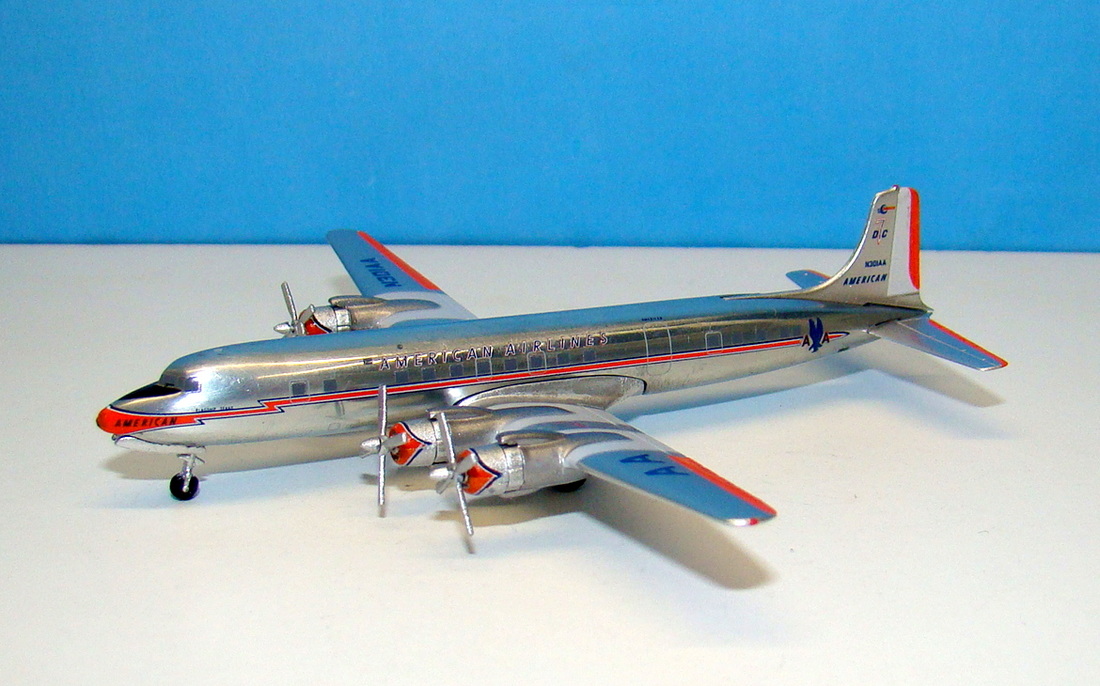
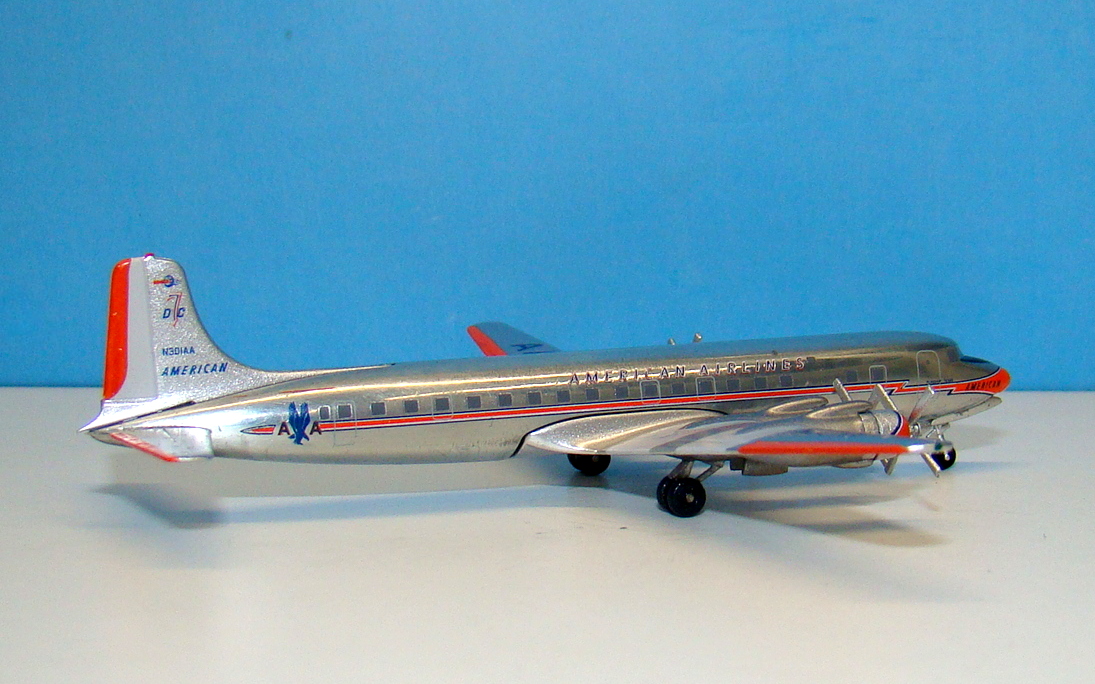
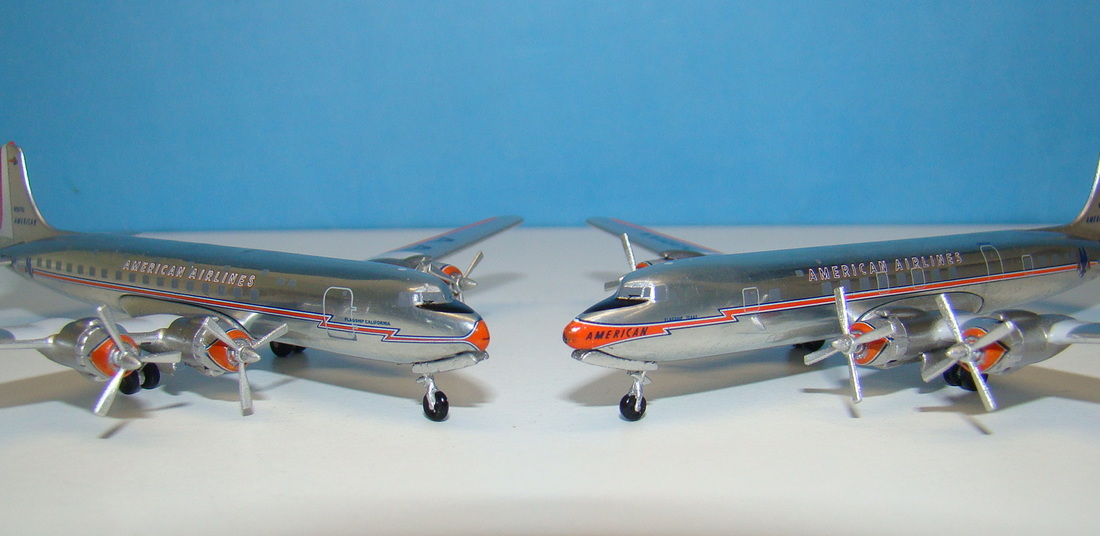
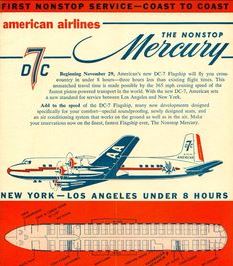
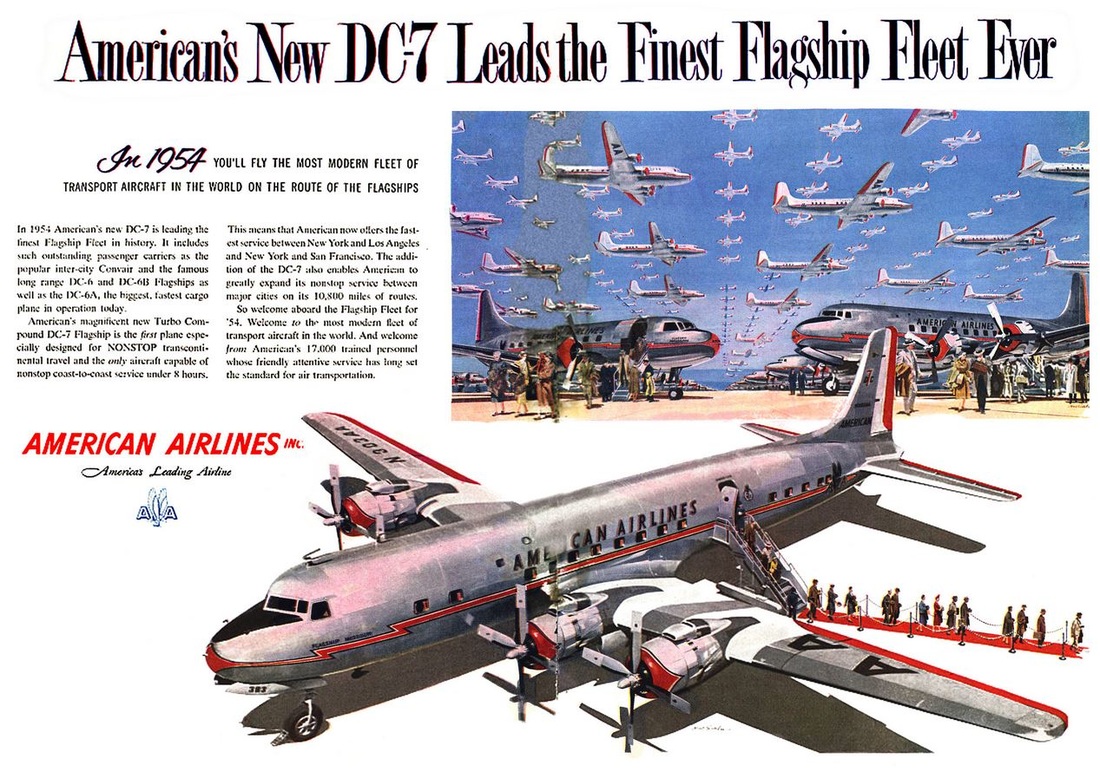
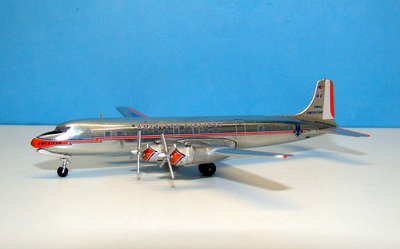
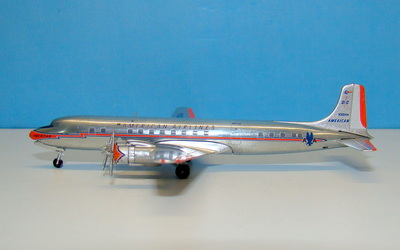
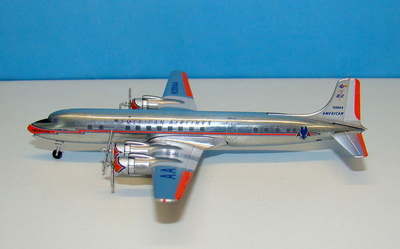
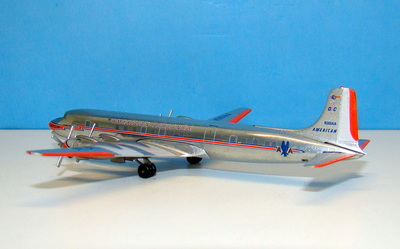
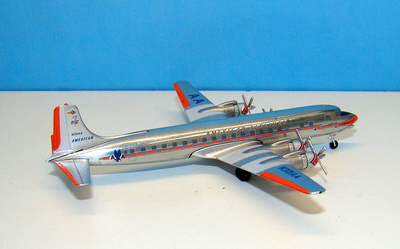
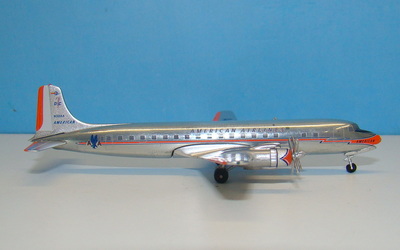
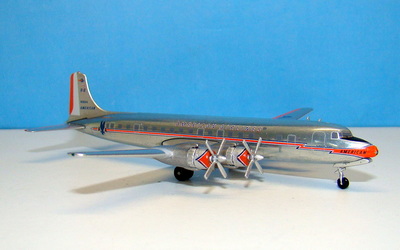

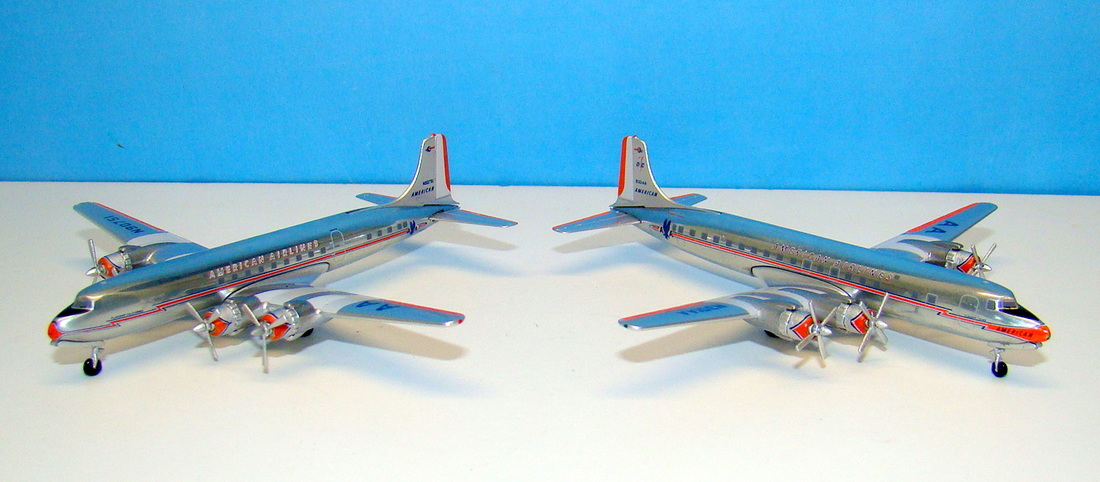
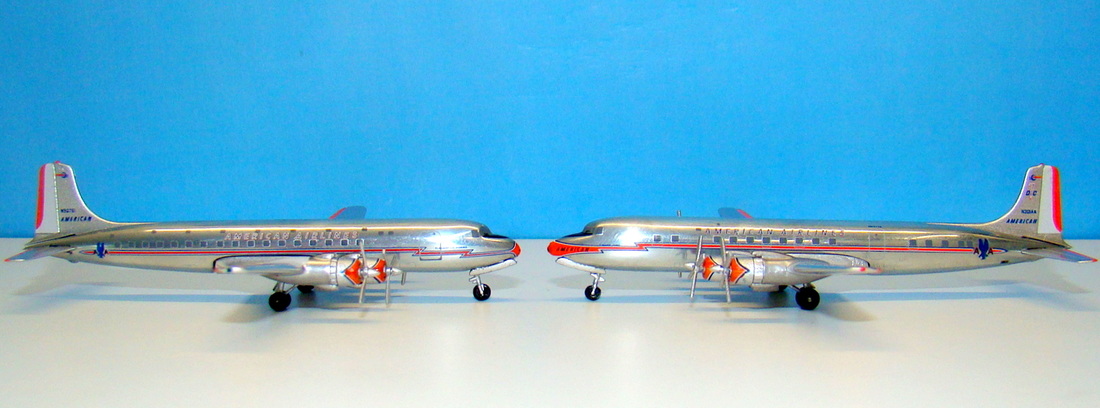
 RSS Feed
RSS Feed